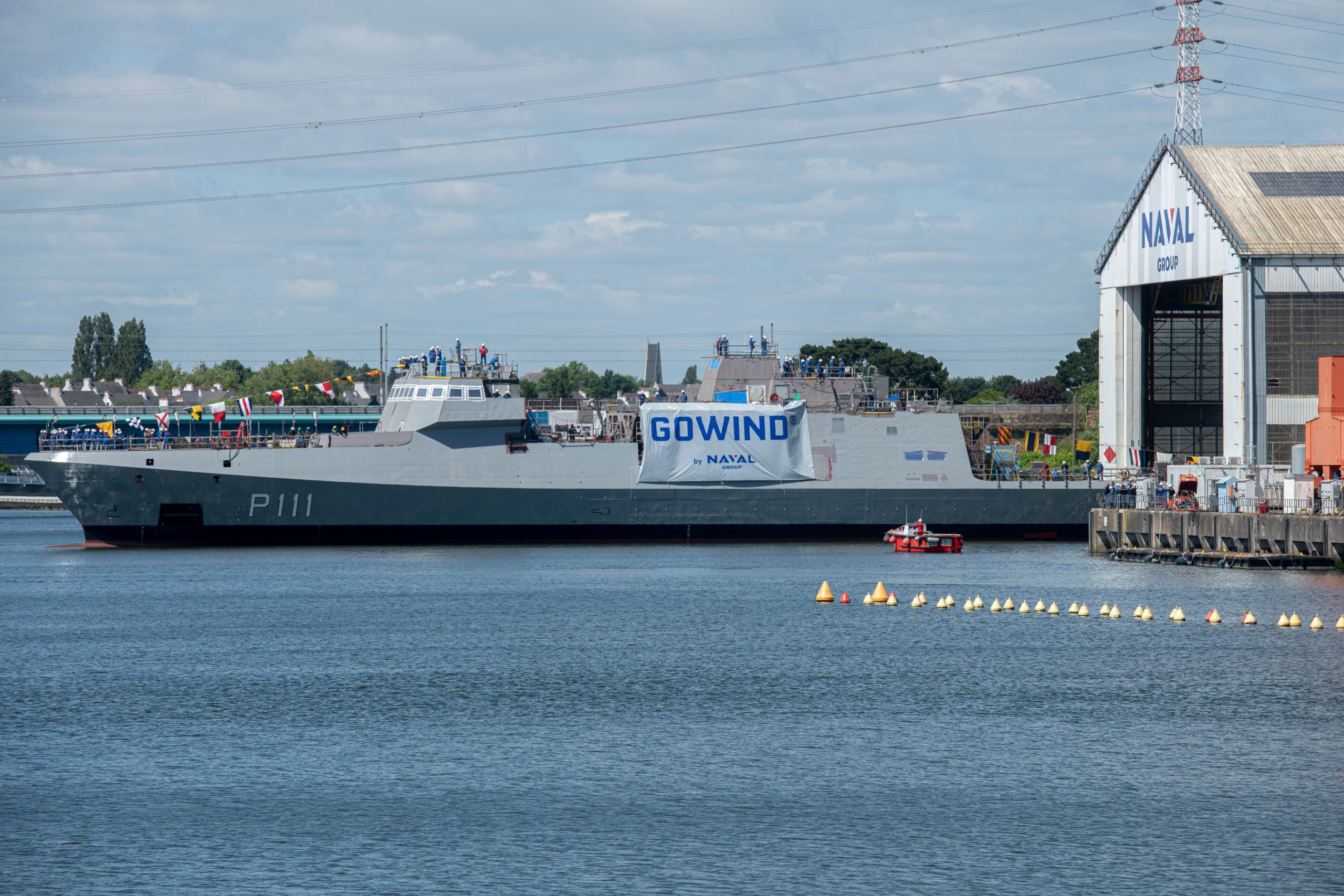
SHAH ALAM: Walk like an Emirati. Naval Group of France launched on May 13 the second Gowind corvette for the United Arab Emirates. The ship is the second of two corvettes ordered by UAE in 2019. The first ship was launched in December, 2021. The launch of the second corvette was announced on May 20.
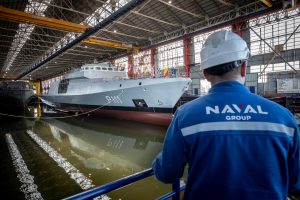
Release from Naval Group:
On May 13th 2022, Al Emarat, the second Gowind® corvette ordered by the United Arab Emirates (UAE) to Naval Group, has been launched in Lorient in presence of an official delegation from the United Arab Emirates Navy.
In 2019, the United Arab Emirates ordered two Gowind® corvettes to be built in France. The first corvette, Bani Yas, was launched in December 2021. The second one, Al Emarat, has been launched on May 13th in the Naval Group Lorient shipyard.
Naval Group, as a turn-key solution provider, will also train the UAE Navy’s crew from the equipment level up to the operational level. Starting in France, this preparation will continue with team-building and practice on operational scenarios in every warfare area in the Gulf.
Stéphane Frémont, Director of Surface Ship Programs at Naval Group, said: “The launching of Gowind® Al Emarat is a major industrial and symbolic milestone, where the corvette reaches her natural environment. The two Bani Yas class vessels benefit from the modular design of the Gowind® family and are the perfect asset to help the UAE Navy meet the challenges of today and tomorrow thanks to the most advanced technologies.”
Gowind® enjoys significant commercial success as 12 units have already been sold. Most of them are built locally through Transfer of Technology and partnerships with local industry, for example in Egypt where three units are now in service within the Egyptian Navy.
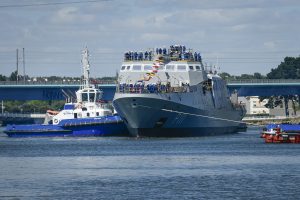
Like the Egyptian, the Emiratis clearly felt it was necessary to get the ships first, despite having a quite large defence industry. Unlike some people we know.
— Malaysian Defence
If you like this post, buy me an espresso. Paypal Payment

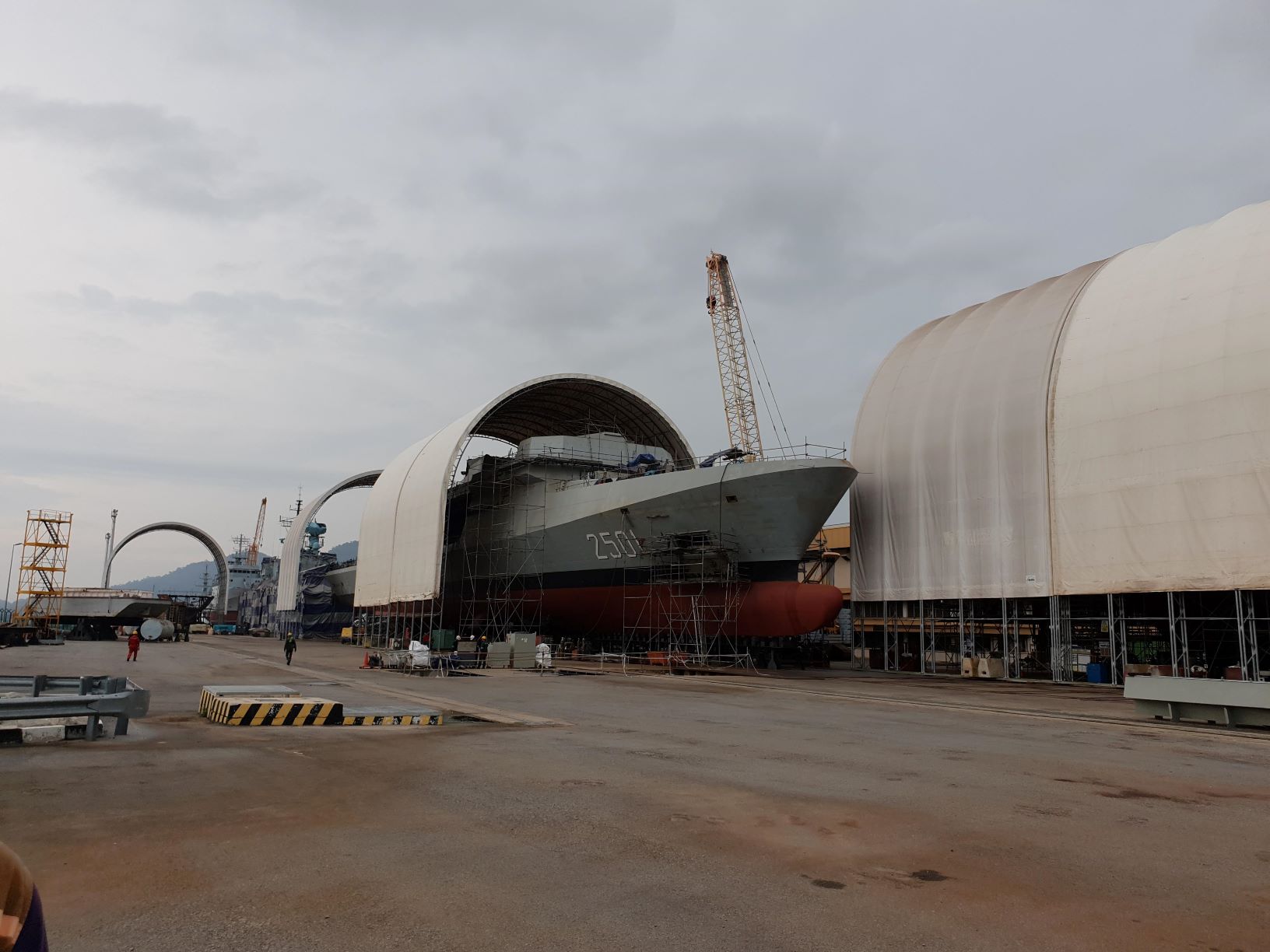
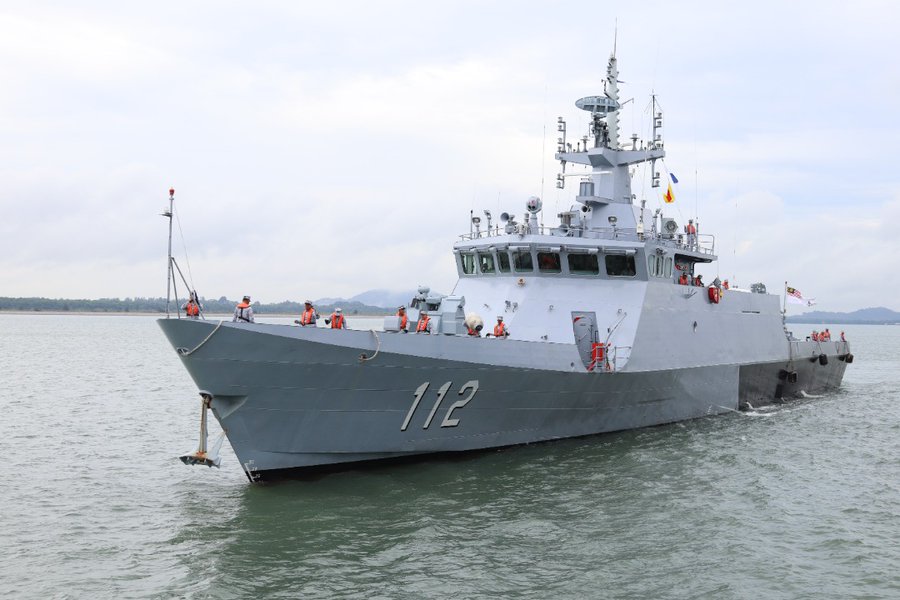
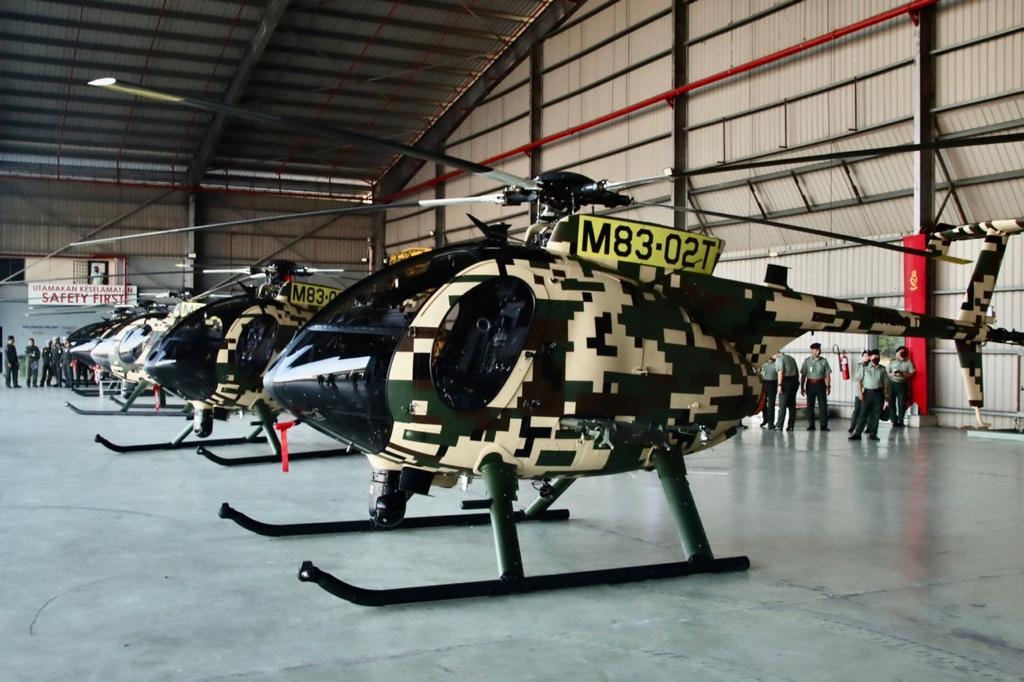
Clearly shows the difference between building at OEM yard vs local yard, between getting off the shelf OEM design vs local bs redesign, between a Govt that has money to pay for the entirety vs a Govt that don’t.
We have the money lah, just the fact that ours think it will be great to spread over most of the money to their friends and some of it to the rakyat.
Constructing them here provides revenue to BNS, creates jobs, enables local vendors and agents to gain revenue; supposedly benefits our ability to construct ships and gives bragging rights. Why on earth should we want to chose the less risky, faster and cheaper option of having them constructed in France.
To be fair localizations only add about 10-15% of the cost.
The savings gain from cancelling 2 LMS to be built here or the austal vs HHI offers for Philippines navy OPV is around that numbers.
Thus It’s Pointless to blame our locals boy while closing one eyes to the huge chunk of money being paid to overseas contractor to Jerry rig a non compliance platform so it meet the requirements.
But then again the emirati is also buying a ship that’s doesn’t fully fullfil their navy requirements.
It’s their money…Ten localisation project – from your own calculations – means we are losing some RM1.5 billion for every RMK. A lot of money, as we only spend around RM4 to RM5 billion a year on things.
How about people of Malaysian money where did it goes? gone with wind@gowind…
5zaft – ”To be fair localizations only add about 10-15% of the cost.”’
Even if it only adds 2 percent of the costs it’s something we could have avoided. That 2 percent could have been channeled into other areas. The reason we’re in the rut we are and we have a MAF whose capabilities don’t reflect all we’ve spent on it is precisely because of that attitude.
5zaft – ”Thus It’s Pointless to blame our locals boy”
Who ”blaming” the ”local boys” per see? I have no idea as to what exactly led to the delays and overruns but I’m very aware that if there was proper oversight and the the intention was to enable the end user to get a desired capability and the taxpayers their money’s worth;; this wouldn’t have happened.
Like many thing this latest ratshit is thanks to decisions made by the government. The conditions which led it to happen were there.
5zaft – ” while closing one eyes to the huge chunk of money being paid to overseas contractor to Jerry rig”
”Overseas contractors” will do what they are contracted to do. Without the ‘overseas contractors” we wouldn’t even have a design to begin with.
5zaft – ”a ship that’s doesn’t fully fullfil their navy requirements.”
Really? How so/in what way? Qatar’s security is guaranteed by the U.S; it already has a very well funded and equipped military; it’s navy does not face the problem of being overstretched and mainly operates in largely confined waters. I fail to see how the Gowind fails to ”fully fullfil requirements”.
The true sum of our country’s ability, unable to build warships according to specs, on time and within budget…again and again.
Yet we believe we can.
If we really had sufficient money for LCS, things wouldn’t have gone this bad. We budgeted RM 1.5Bil per ship when the actual cost is prolly RM 2Bil, that is where we don’t have the money. BNS is also to blame for partly using that money to upgrade their dockyard too.
@ Marhalim
Yes. It does eventually add up but still a drop in the bucket so to speak As out of the usual 100% markup, only 15% goes for local assembly, the other 85% is paid to the OEM for the R&D cost for building a specialized varient.
Emirati navy originally wanted both ESSM & tacticos if not mistaken.
@azlan
Actually in realpolitik, Malaysian is the end user. MAF is a service provider. the service is security. The point of security is protection & creation of wealth. A product that MITI, internal security, non state actors, foreign office & foreign team A military also offered. So many people to pay, not much money is around.
contract is worth as much as the paper it’s printed on. If it’s in their national interest they would, if it’s not then they won’t. The world biggest producer of oil has NO interest in the security of a gulf state. They have bigger fish to fry so to speak and would ultimately reduce their presence Thus the gulf states scrambling to diversify it’s security partners even with israel.
Its part of the contract that they would used the money to pare down the debts they incurred for taking over the Kedah class. The money is there its just when push come to shove the PH government decided it won’t play ball with the deal. It turn around just two months later but before the project restarted, the PM quit. Two years later the Cabinet – not the same one – decided it should resume the project. The government had proposed around 80 billion for the RMK 10, 11 and 12. The money has been allocated but never issued out apart from the RM6.1 billion. Even if the costs had allocated to RM 11 billion, the money has been allocated
@azlan..maybe because that will ensure we get them ships on time..not some 3 years late right now..but yeah lets build them here to support local industry..and Pay an absurd 2-4.. billion pership for the sake of jobs openings and feel good..well thanks but no thanks..
I meant the LCS project is likely RM 2Bil per ship, plus plus with TOT & the redesign. But the then the budget announced is only RM 1.5Bil per ship (RM 9Bil for the whole thing), then no included BNS taking money out to pay the Kedah debts and upgrading their yard. So how much money is realistically left for the ships itself.
The money allocated for the original budget RM 9Bil was clearly not sufficient to complete them and I speculate the changeover to PH had put paid to the plan to pump in more money via a supplementary budget. Yes we still have RM 3Bil in that budget but in real term how much is it today. During Najib era that was USD $1Bil now it is just USD $680mil, so in real value we have a gap of USD $390mil.
The RM9 billion included some RM1 billion to prepare the yard, this includes the money for the debts.
I speak to soon. Seem the emirati would be using legacy mica on their gowind until mica NG enter production by 2026 as US had refused to sell them ESSM
https://www.navalnews.com/naval-news/2022/05/uae-navy-selects-vl-mica-ng-for-its-gowind-corvettes/
As for our gowind IMHO rather than just a single point of failure it’s a result of multiple point of failure be it the decline in value of ringgit,Kedah debts, inexperience management, subcontractor incompetent, the constant redesign as spefication keep changing while construction take place, politicians playing politic, etc etc.
5zaft – ”as US had refused to sell them ESSM”
Xavier reported that they were unable to get ESSM but did not explain why. I believe it’s not that they were unable to get it per see [the U.S. has sold them various ”capable”/”sensitive” things in the past] but probably delays in export approval; American unwillingness for ESSM to be integrated to a French system or unwillingness to export a a certain variant.
5zaft – ”I guess advocate for self sufficiency see at India & Indonesia and think let’s do that too”
The first steps towards achieving some level of self sufficiency or local knowledge started in the 1970’s [assembling the HK-33s; setting up SME and AIROD; etc] but things really got moving in the 1980’s; that’s when things started going horribly wrong; it was not driven by what India and Indonesia were doing……
Costs incurred is RM9 billion. Suppose RM2b has nothing to do with the ships – yard preparation, BNS debt settlement. That means RM7 billion for actual ship construction. The point right now is not how much the ships will cost, but will it ever be delivered. After spending RM7 billion on actual construction work, how many ships have been delivered to the Navy? So realisticly, is it RM2b per ship, after spending RM7b for zero ships? Ships 3 to 6 are veey far from completion. Ship 1 is most advanced but no propulsion installed, no weapons and systems integration work, no internal fittings, etc. Realistically, the government is likely only going to fund 2 ships, with deliveries unlikely in 2025. By Malaysian standard, 10 years late is still a success. By 2025, Navy shipbuilding focus would have shifted to LMS Batch 3. Since BNS is still building the LCS, they wouldn’t have the capacity to be involved in the actual construction of LMS Batch 3. Which means no choice, the foreign shipyard will lead program and Navy wil get its ship on time.
5Zaft – ”The world biggest producer of oil has NO interest in the security of a gulf state.”
Appreciate the upper case text but nonsense. The Gulf states; Saudi, U.A.E, Kuwait, Qatar and Bahrain are under the protective umbrella of the U.S. both against external and internal threats- this has been the case since the 1960’s [you will also note that American bases in Kuwait, Qatar and Bahrain play a very vital role in the overall scheme of things and you will note that it’s widely agreed that if Qatar did not host American bases it might have been invaded or faced military action from Saudi and the U.A.E. a few years ago during the row]. The U.S. still has a lot of interests in the region and propping up various Gulf monarchies is a key pillar of its strategy/policy; irrespective of the ”pivot” towards the Pacific and the fact that the U.S. has more than enough oil of its own.
5Zaft – ”Thus the gulf states scrambling to diversify it’s security partners even with israel.”
Various Arab countries; because they feel that the U.S. has taken too soft an approach with Iran; have established ties with Israel and even years ago Saudi provided permission for Israel to overfly its airspace in order to hit Iran. Also despite no formal recognition for decades; all the Gulf states have had unofficial cooperation and contacts with Israel spanning decades. The decision by certain states to have formal recognition is driven by various geo political;/strategic factors; less to do with the U.S. disengaging from the region which it is not.
5zaft – ” a result of multiple point of failure be it the decline in value of ringgit,Kedah debts, inexperience management, subcontractor incompetent,”
With the exception of the ringgit angle; all the factors you mentioned were made possible by the very policy we have. One which enabled such a cock up to occur and a political climate in which there is no genuine desire/will to take a deep hard look at where we’ve screwed up.